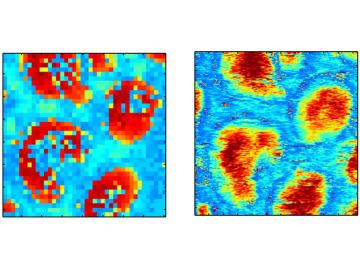Filter News
Area of Research
News Type
Date
Media Contacts
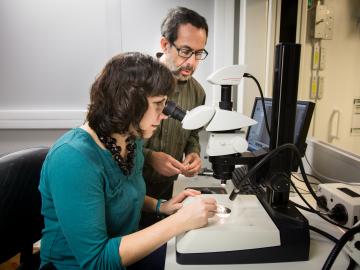
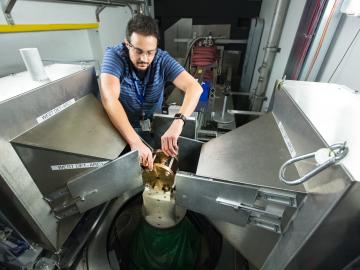

It’s been 10 years since the Department of Energy first established a BioEnergy Science Center (BESC) at Oak Ridge National Laboratory, and researcher Gerald “Jerry” Tuskan has used that time and the lab’s and center’s resources and tools to make good on his college dreams of usi...
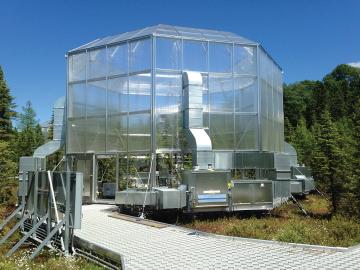
Deep stores of carbon in northern peatlands may remain stable despite rising temperatures, according to a team of researchers from several U.S.-based institutions. And that is good news for now, the researchers said. Florida State University ...

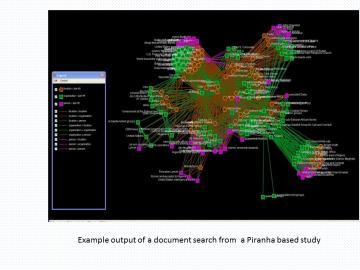
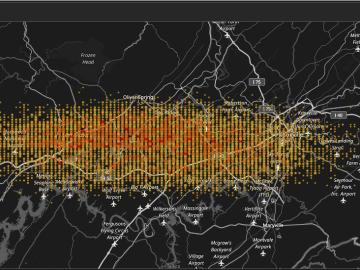

Researchers at Oak Ridge National Laboratory have developed a novel, nontoxic fluorescent air leak detection system that can find cracks in walls and roofs in existing and new buildings. In laboratory experiments, ORNL’s Diana Hun and Brenda Smith used an off-the-shelf humidifier ...
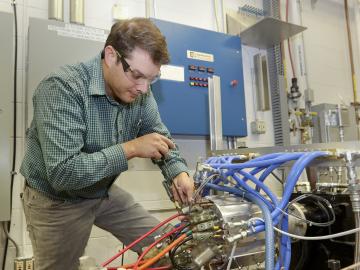
A new motor developed by researchers at Oak Ridge National Laboratory achieved 75 percent higher power than a comparably sized commercial motor for electric vehicles. The prototype motor uses ferrite, iron-based, permanent magnets instead of the expensive imported rare earth perma...
